Introduction of UV germicidal lamp
(factory UV operation must be learned)
Ultraviolet sterilization is a traditional and effective disinfection method. It has been widely used in hospitals and factories. It is affected by many factors during use, such as irradiation time, irradiation distance, temperature and humidity of the irradiation environment, and the cleanliness of the lamp. If you don't pay attention to the method of use and details, the sterilization and disinfection effect may be greatly reduced. In order to ensure a satisfactory disinfection effect, the following monitoring and management measures should be paid attention to during use.
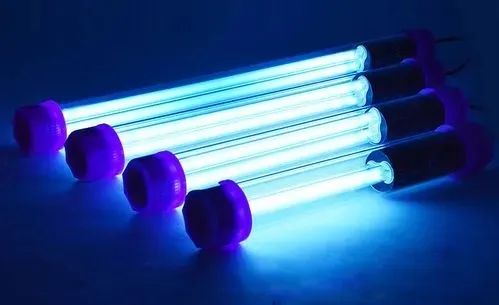
1The radiant intensity of the lamp:
The ultraviolet radiation intensity is the most basic factor affecting the disinfection effect. The radiation intensity of the new ultraviolet lamp should be greater than 100VW/cm2 (at a distance of 1m) to be qualified, and the radiation intensity of the lamp in use should be at least 70VW/cm2. But the exposure time must be extended. If the intensity of the ultraviolet light source is lower than 40VW/cm2, then prolonging the irradiation time cannot achieve satisfactory sterilization effect, that is, stop using it. Don't think that as long as the UV lamp is on, it has a bactericidal effect.
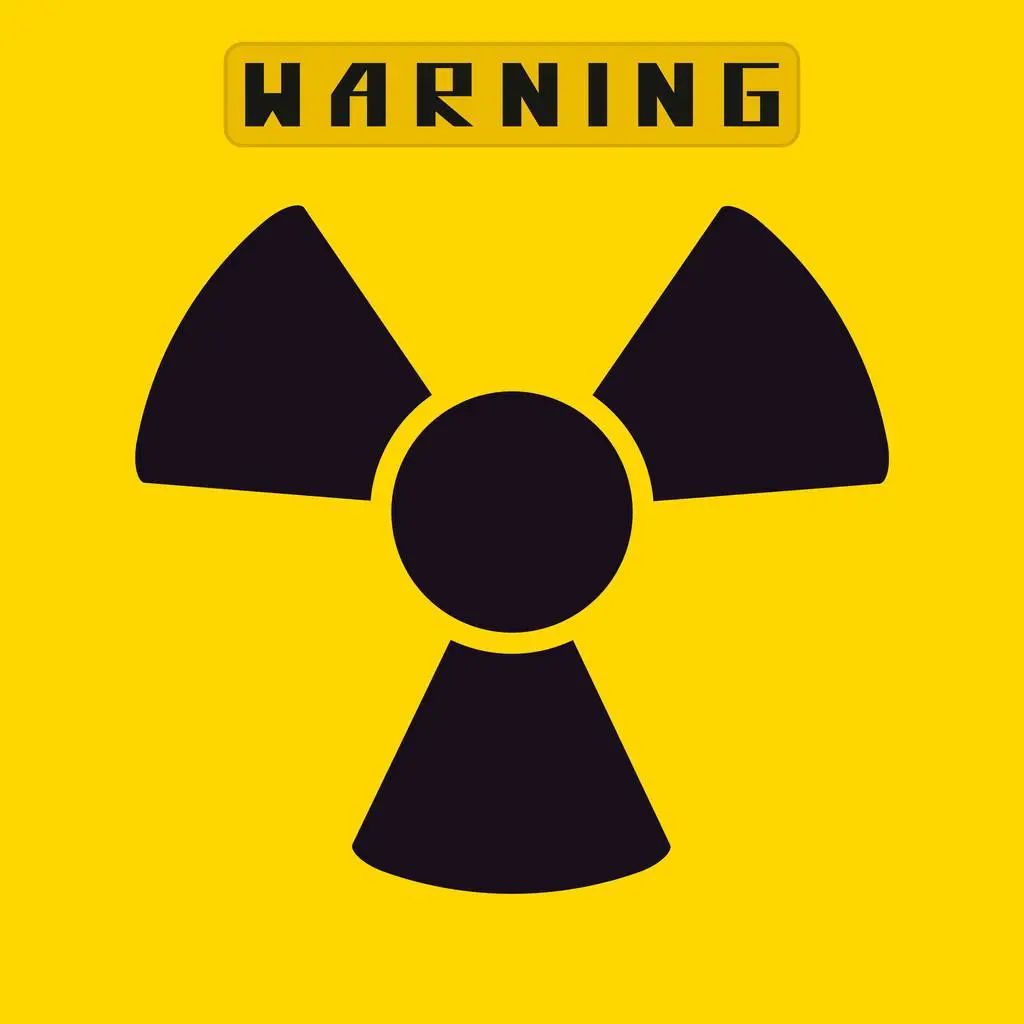
2Lamp installation quantity and distance:
According to the "Technical Specifications for Disinfection" promulgated by the Ministry of Health of the People's Republic of China, the installed quantity of indoor suspended ultraviolet disinfection lamps (30W ultraviolet lamps, the radiation intensity at a vertical 1m is higher than 70μW/cm2) is an average of not less than 1.5W per cubic meter, And it is required to be evenly distributed, and the hoisting height is 1.8-2.2m from the ground, so that the human breathing belt is in the effective irradiation range. The continuous irradiation time is not less than 30min. The radiation intensity of ultraviolet rays is inversely proportional to the radiation distance. If the suspension is too high, the sterilization effect will be affected. If the surface of the object is sterilized, the distance between the lamp tube and the irradiated surface should be 1m, and the sterilization is effective.
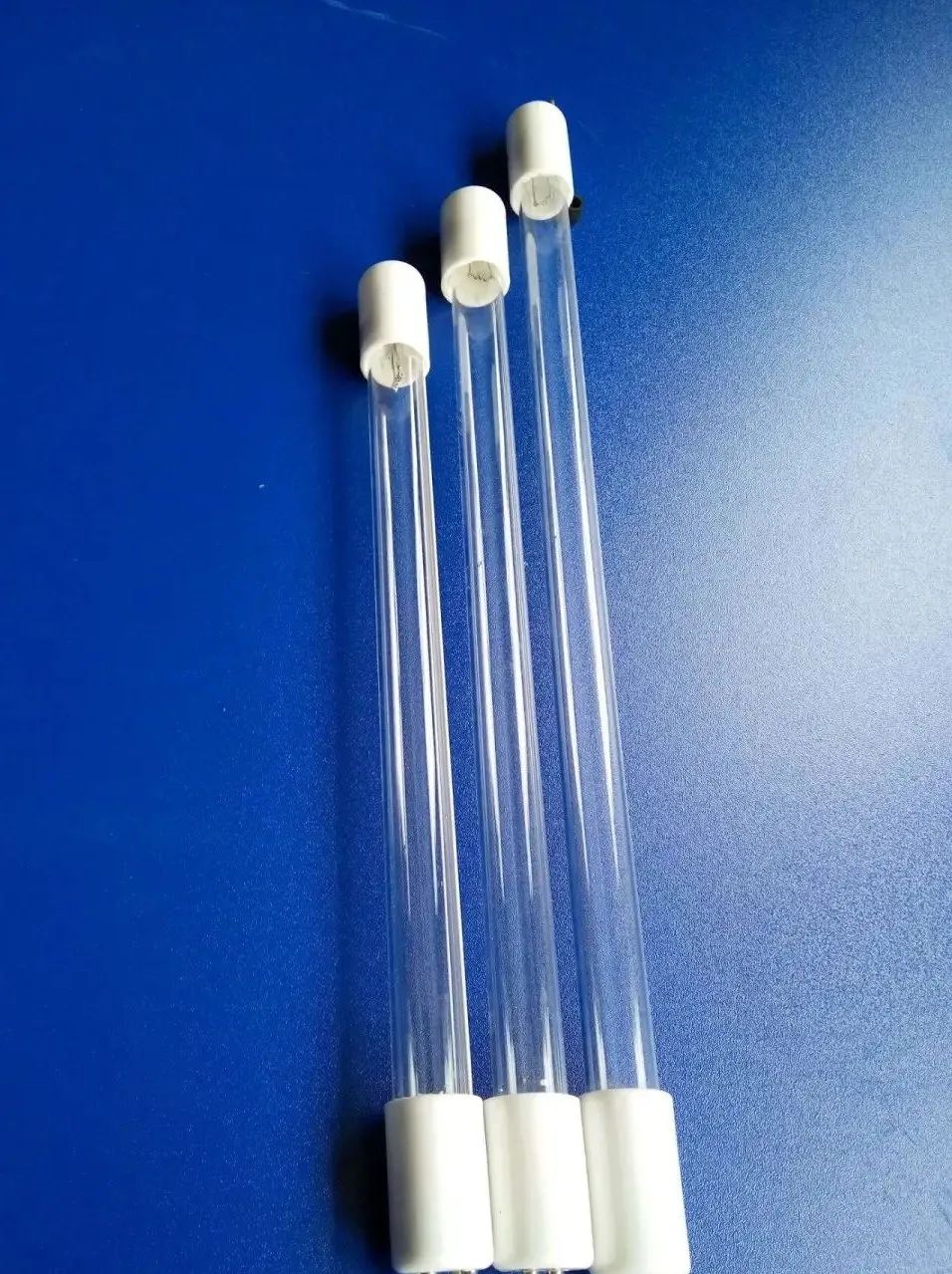
3Ambient temperature:
Generally, room temperature is 20-40℃, which is the suitable temperature for ultraviolet disinfection. In this temperature range, the intensity of ultraviolet radiation is the largest and stable, and the ideal disinfection effect can be achieved.
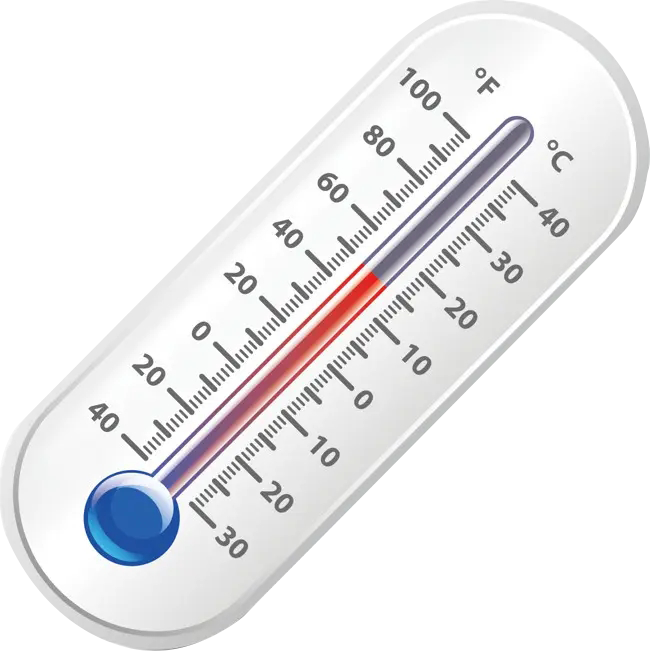
4Relative humidity:
Relative humidity is high, and UV radiation penetrates cells less. When the relative humidity is between 55% and 60%, ultraviolet rays have the strongest killing rate of microorganisms. When the relative humidity is above 60% to 70%, the sensitivity rate of microorganisms to ultraviolet rays decreases. Activation can reduce the bactericidal power by 30% to 40%. Immediately after mopping the floor and wiping the tabletop, UV disinfection will increase the indoor humidity and affect the disinfection effect. Therefore, the room should be kept clean and dry when using ultraviolet disinfection.
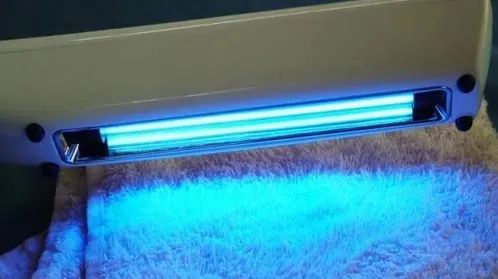
Scope of application
(factory UV operation must be learned)
Ultraviolet rays can kill various microorganisms, including bacterial propagules, spores, mycobacteria, viruses, fungi, rickettsia and mycoplasma, etc. All surfaces, water and air contaminated by the above microorganisms can be disinfected with ultraviolet rays.
Ultraviolet radiation has low energy and weak penetration, and can only kill directly irradiated microorganisms. Therefore, the disinfection site must be fully exposed to ultraviolet rays during disinfection.
When using ultraviolet rays to sterilize rough surfaces such as paper and fabric, the irradiation time should be appropriately extended, and both sides should be irradiated.
When using ultraviolet rays to kill microorganisms protected by organic matter, the irradiation dose should be increased. Suspended particles in the air and water can also affect the disinfection effect.
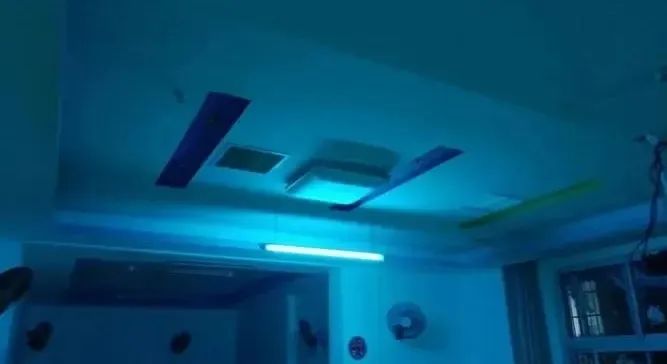
Instructions
(factory UV operation must be learned)
1Disinfection of surfaces:
1. Irradiation method: It is best to use a portable ultraviolet disinfection lamp for short-distance mobile irradiation, or a hanging ultraviolet lamp can be used for irradiation. Small items can be irradiated in a UV disinfection box.
2. Irradiation dose and time: Different types of microorganisms have different sensitivities to ultraviolet rays. When disinfecting with ultraviolet rays, the irradiation dose must be used to achieve the irradiation dose required to kill the target microorganisms.
2Disinfection of indoor air:
1. Indirect irradiation method: High-intensity ultraviolet air sterilizer is the first choice, which not only has reliable disinfection effect, but also can be used when people are moving indoors. Generally, it can be disinfected for 30 minutes after starting the disinfection.
2. Direct irradiation method: Under the condition of no one indoors, UV lamp hanging or mobile direct irradiation can be adopted.
3Disinfection of water and other liquids:
In-water irradiation or water-external irradiation can be used. When using the underwater irradiation method, the UV light source should be equipped with a quartz glass protective cover. No matter which method is adopted, the thickness of the water layer should be less than 2cm, and the water flow rate should be determined according to the intensity of the UV light source. The water after disinfection must meet the national standard.
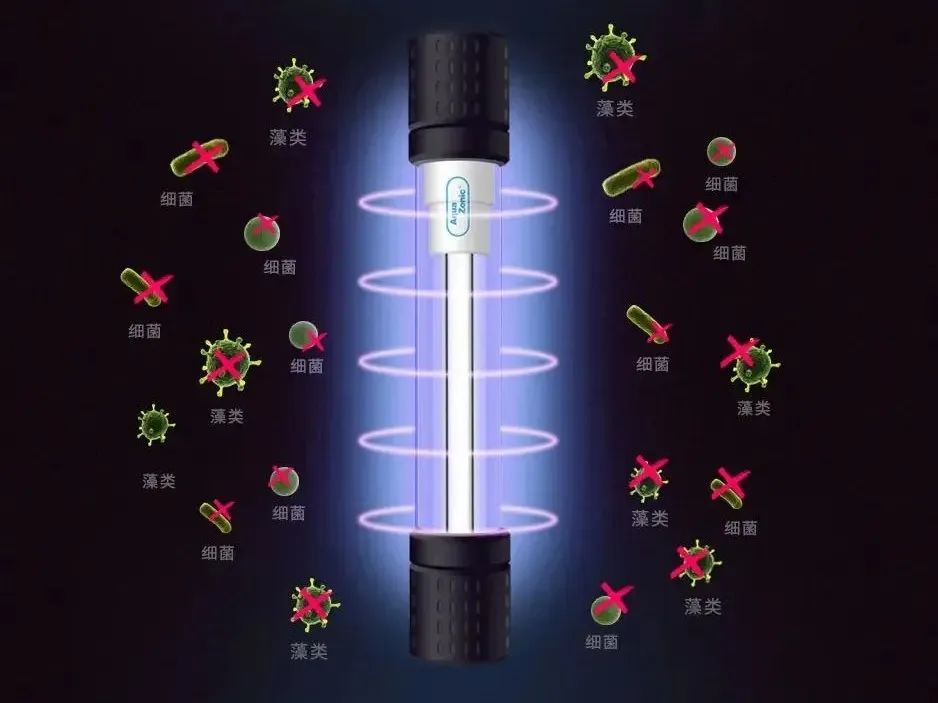
Precautions
(factory UV operation must be learned)
1. During use, the surface of the UV lamp should be kept clean. Wipe it with alcohol gauze once a week on Mondays and Thursdays. If you find dust and oil on the surface of the lamp, you should wipe it at any time.
2. When using ultraviolet rays to sterilize the surface of the article, the irradiated surface should be directly irradiated by ultraviolet rays, and a sufficient irradiation dose should be achieved.
3. The UV intensity meter should be calibrated at least once a year. The service life of the UV disinfection lamp should not be less than 1000h.
4. Do not let the ultraviolet light source irradiate people, so as not to cause damage.










